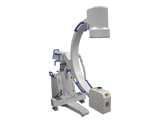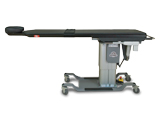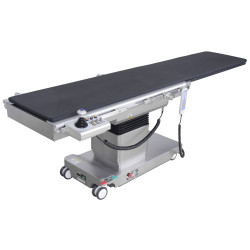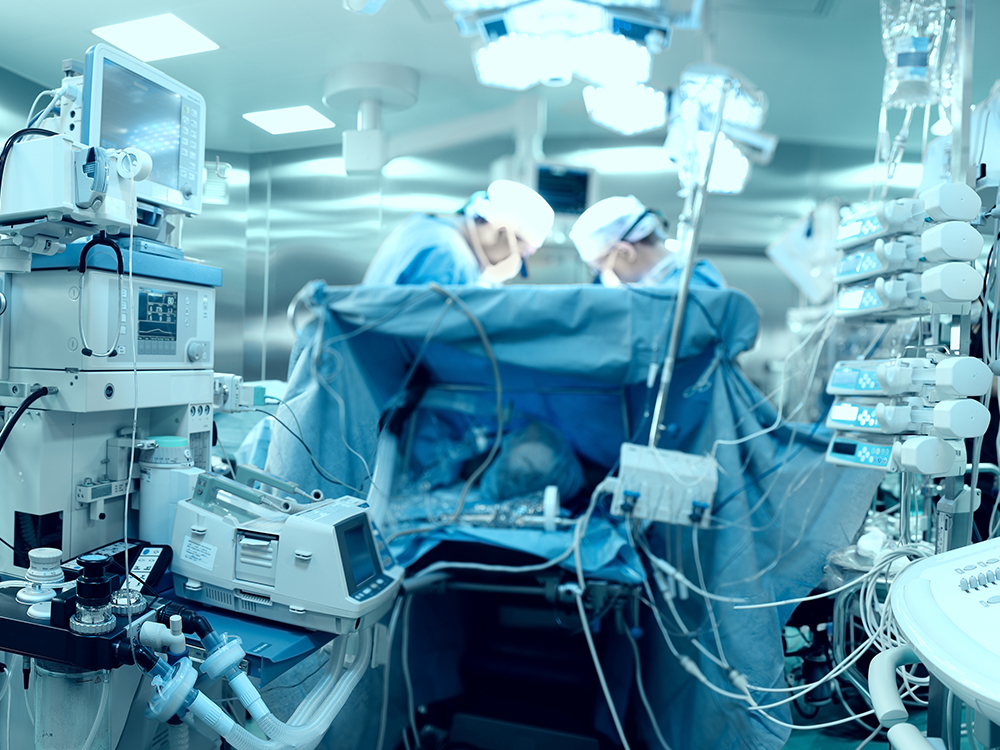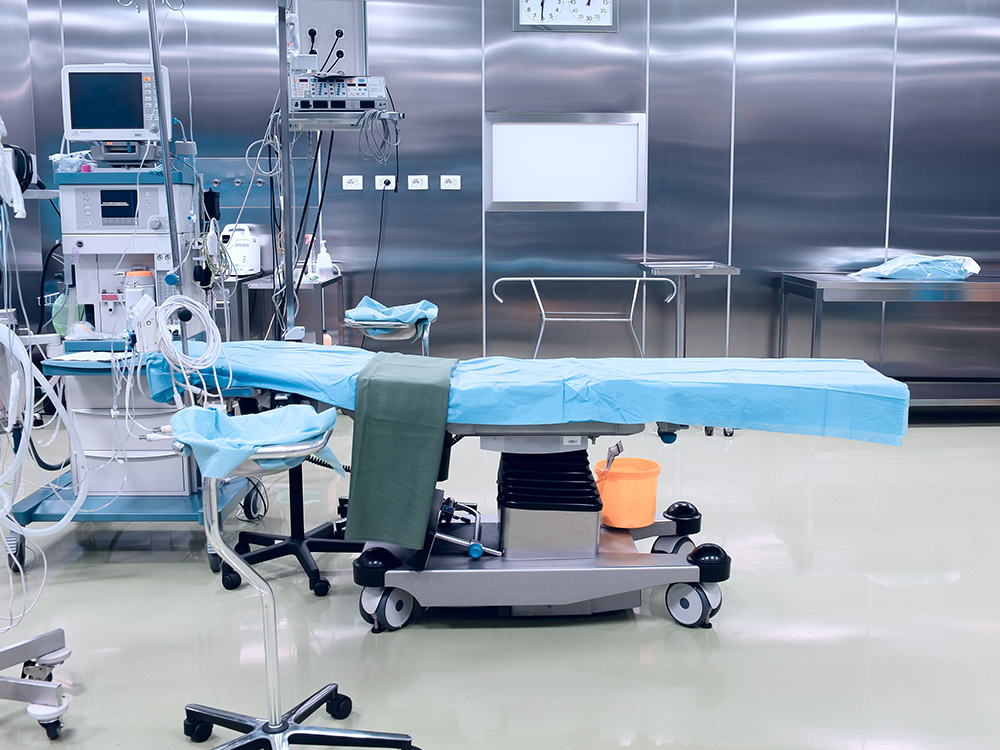Basic Features of a C-Arm and Fluoroscopy Table
July 23, 2018
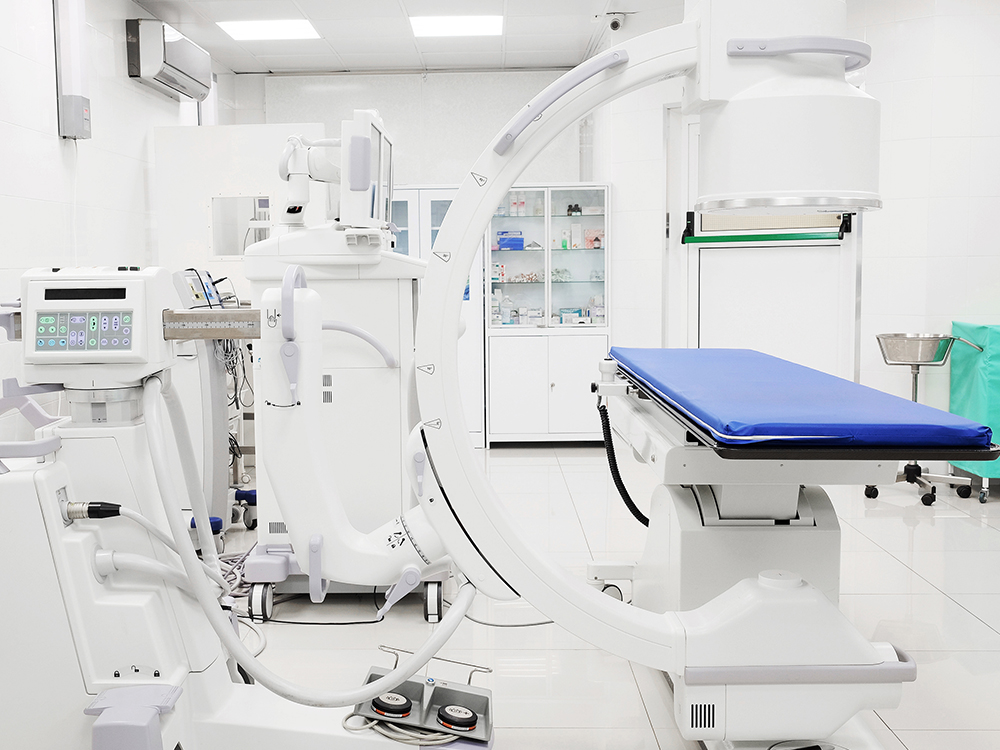
Diagnostic radiology is becoming part of the new standard of care as a non-invasive way to diagnose and treat a variety of patients. As an alternative to costly exploratory surgery, more clinicians are opting to outfit their facilities with new diagnostic imaging equipment including C-arms and fluoroscopy tables.
If your facility is considering new imaging procedures, preemptively purchasing a fluoroscopy table, also known as an imaging table or a C-arm table, is a good investment.
Common Features of an Imaging Table
Most modern surgery tables feature some imaging support, but a true C-arm table is necessary for advanced medical imaging procedures. C-Arm and fluoroscopy tables provide clinicians with precise, flexible movement and feature a sleek design to function with C-arms and other imaging systems.
Radiolucent Carbon Fiber Tabletop
C-arm and fluoroscopy tables feature a carbon fiber top that provides an expanded imaging area compared to typical surgical tables. Carbon fiber is lightweight and durable, and provides clinicians with the radiolucent surface needed for full imaging procedures. Imaging tables with carbon fiber tops allow clinicians to get high-quality, clear images at lower x-ray doses. Fluoroscopy tables usually come with thinner table pads that are also radiolucent.
Precise Table Movements
Table articulation is particularly important when it comes to selecting an imaging table, because the table you choose works in tandem with a C-arm or fluoroscopy machine. For this reason, imaging tables often feature more robust articulation capabilities than traditional surgical tables. Precise movements help clinicians to align the patient properly with the C-arm.
Floating Top Table
Some advanced imaging tables also feature “floating top” movements, or multi-directional positioning. Tables with floating top capabilities usually feature a joystick-like controller that allows clinicians to move the table laterally or in a diagonal lateral direction.
Weight Capacity
The enhanced positioning capabilities and carbon fiber tabletop on most imaging tables can reduce the weight capacity compared to standard surgery tables. While most imaging tables have the ability to lift patients up to 500 pounds, it’s important to note that the table’s positioning options will probably be limited in these cases. However, it is possible to take advantage of the table’s large radiolucent area by repositioning bariatric patients on the table for specific imaging procedures, while still balancing the table weight over the base for increased stability.
